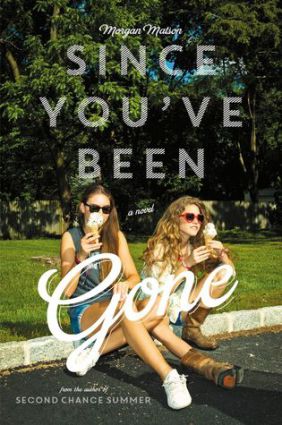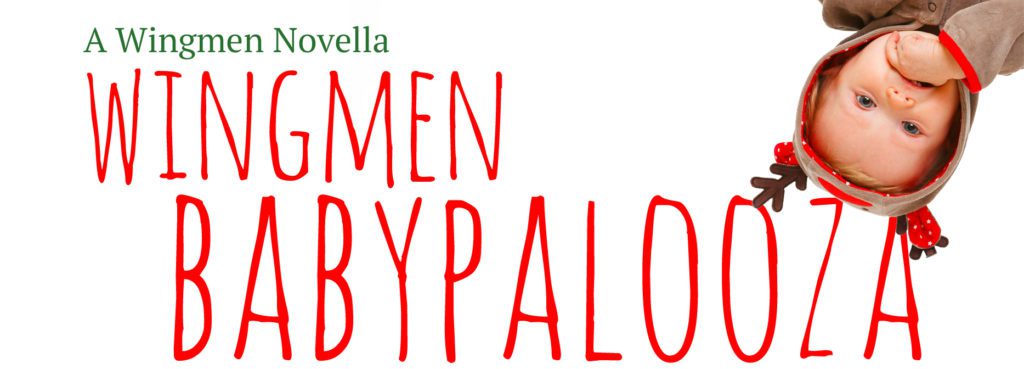Download links for: Mathe-Manga Statistik


Reviews (see all)
Write review
awesome. got me up to speed / took place of intro to stats & got me primed for regression analysis.
Very easy to understand and easy to read as well. I strongly recommend this book to starters.
easy and amusing way to learn statistics
Other books by Graphic Novels & Comics
Other books by Shin Takahashi
Related articles












